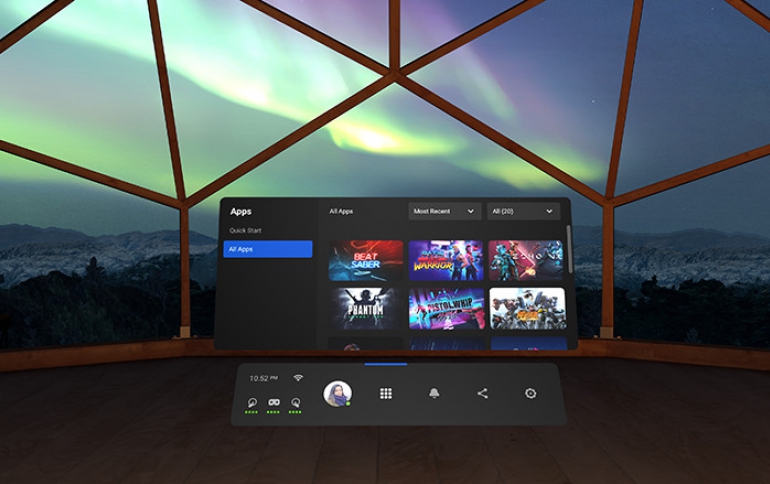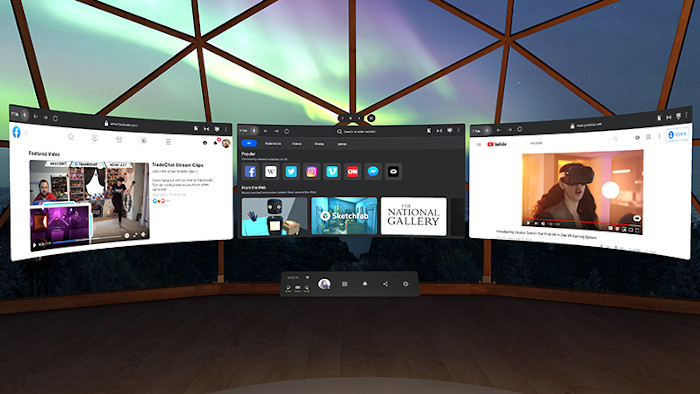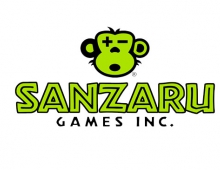
Facebook Introduces a New Oculus Quest System Experience
The VR platform of the future must enable people to multitask easily, navigate between apps seamlessly, stay connected with others, and quite simply do more. From gaming to media and entertainment, from social experiences to getting work done, VR as the next computing platform will support the full spectrum of uses that people expect from their devices, like phones and laptops, today. As a step toward that future,
Facebook unveiled a major update to the Oculus Quest system experience that makes VR more flexible, social, and easy to use than ever before.
It comes with a redesigned universal menu, new immersive overlays, and multi-window support for 2D apps starting with Oculus Browser—and these updates are launching as Experimental Features later this month.

The redesigned universal menu is a personal dashboard that lets you navigate between immersive environments and 2D apps, control your device, and stay connected with people and with your system’s status while in VR. The new design organizes information more clearly to help you navigate to commonly-used system apps like Explore, Store, Browser, and TV more quickly, as well as access key settings like brightness and volume. It also brings your recently and frequently used apps front and center so it’s easy to jump back into the action.
New immersive overlays make it possible to bring up content, like the universal menu, without leaving the app you’re in. That means it’s easier than ever to find and control system functions without missing a beat -- no need to return to Home. Plus, tools for sharing and connecting are right at your fingertips while you explore VR, with access to functions like making a friend request, casting, or livestreaming (some features and functionality require a Facebook log-in). This will be available in WebXR apps launched from Oculus Browser to start, and will come to more apps on the Oculus Platform as developers add support, so over time you’ll have instant access to your menu anytime and anywhere in VR.

Oculus Browser now supports multiple windows, so you can multitask to get more done and stay connected. Watch a video to crib gameplay tips in one window, check out your friends’ latest Facebook updates in another, and catch up on the day’s news in a third. You can open, close, and rearrange windows from a new control box above the window. Support for multiple windows will first come to Oculus Browser, with support for more 2D apps like Chats and Store coming later.
It all starts rolling out this month, and you’ll be able to opt in by going to the Experimental Features section in Settings and toggling the new features on.
Prototype OpenXR
Facebook also announced that a prototype version of OpenXR will be available for developers in an update coming later this month. OpenXR is a royalty-free open standard from The Khronos Group created for the development of high-performance VR applications that run on multiple platforms.
OpenXR will help reduce overhead for VR/AR developers and hopefully provide consumers with more choice. Facebook is committed to bringing a best-in-class implementation for both PC and Mobile platforms this half.
OpenXR aims to simplify VR development by enabling developers to reach more platforms while reusing the same code. Khronos also provides API reference documentation and a PDF reference guide that provides an overview of the API.
The Oculus PC and Mobile SDKs will include the resources necessary to use the Prototype OpenXR API for native C/C++ development of Oculus Rift Platform apps and Android apps for Oculus Quest respectively.
Add-Ons: Downloadable Content and In-App Purchases
Also launching later this month, developers will see a new option in their Developer Dashboard for downloadable add-on content management, Add-ons. Add-ons combine Downloadable Content (or DLCs) and In-App Purchases (or IAPs) under one management function. The introduction of Add-ons makes the process of creating add-on content easier for developers. It also makes add-on content more searchable and purchasable directly from the application page for consumers.





















